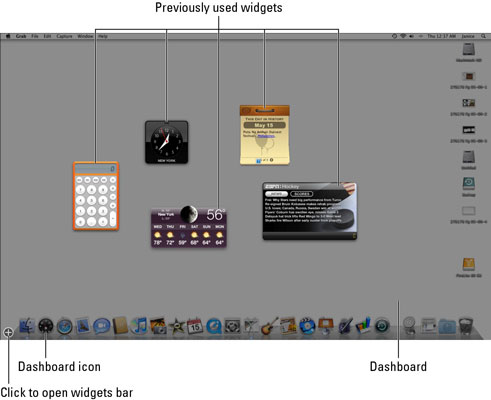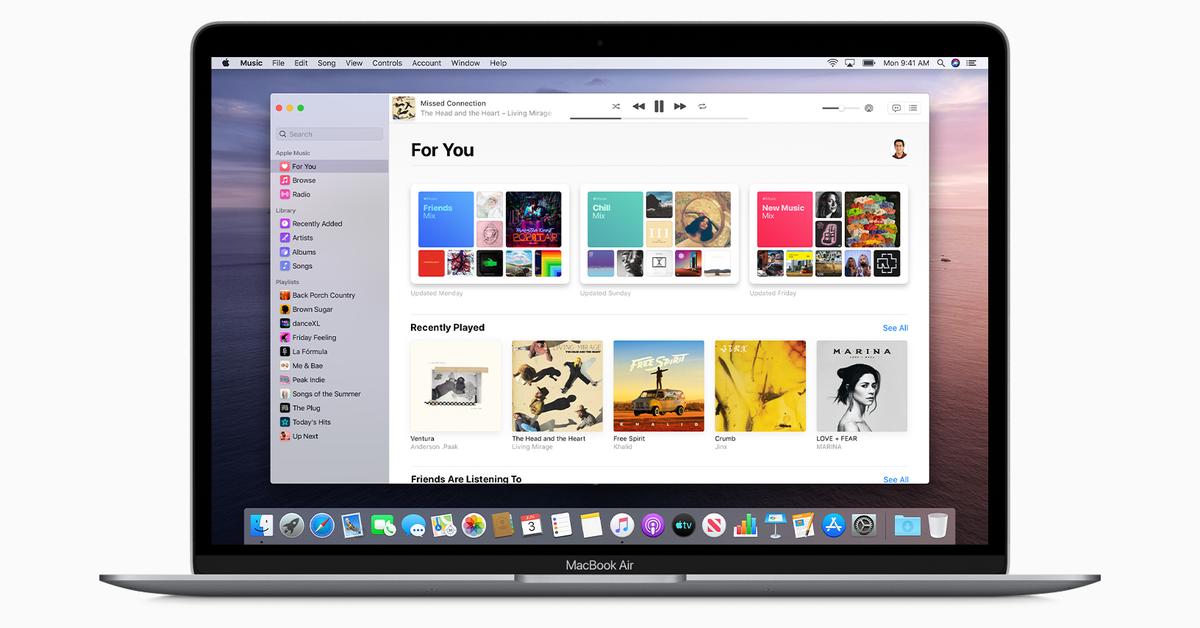
- Dashboard widgets mac ripples install#
- Dashboard widgets mac ripples full#
- Dashboard widgets mac ripples code#
- Dashboard widgets mac ripples professional#
- Dashboard widgets mac ripples free#
Manipulate the include GUI parts using JavaScript. Manage user preferences for your widget: Perfect for the back panel. The snippets complete many common tasks you would otherwise have to hand-code, including:ĭownload and understand RSS feeds to provide up-to-date information to your widget.įade, move, or resize elements in your widget. Each snippet includes instructions for changing the behavior to meet your needs. Simply drag the snippet from the library and drop it into your JavaScript source file.
Dashboard widgets mac ripples code#
It also provides a rich collection of JavaScript code snippets for many common programming tasks. The Dashcode library includes more than just GUI controls. The editor also integrates with the debugger, so you can easily set and view breakpoints and track your widget’s execution through the source code.
Dashboard widgets mac ripples professional#
The built-in debugger provides all the features you’d expect from a professional developer tool.ĭashcode offers all the text-editing features of a professional integrated development environment (IDE) - including color syntax highlighting, line numbering, and Code Sense code completion - optimized for the JavaScript programming language. Click Pause to inspect the running widget or set breakpoints to debug specific sections of code. Just click Run and your widget instantly starts up. Displays a row of small circular indicators, one per tab. Coordinates tab selection between a TabBar and a TabBarView. Typically used in conjunction with a TabBar. A page view that displays the widget which corresponds to the currently selected tab. Total integration of project management, design, and code in Dashcode makes your widget ready to test. A Material Design widget that displays a horizontal row of tabs. And when your widget is ready for prime time, Dashcode packages up all your files and the Apple-provided resources required to deploy your widget to Dashboard or submit it to. Add new files and the Dashcode project manager takes care of updates automatically. Resize the components of your entire widget or alter fonts, colors, gradients, images - practically every visual element - without writing a single line of code.ĭashcode organizes all the files that make up your widget, including images, JavaScript code, style sheets, generated files, and localizations. The library comes with a collection of buttons, lists, containers, and text fields. Once your widget’s working, you can use the Dashcode library to add design and functionality finesse. Drag in a podcast link and you can start playing the feed right from your widget. Drag in a photocast URL and your widget transforms into a self-contained slideshow.
Dashboard widgets mac ripples full#
Drag in an RSS link and your widget populates with a full feed. Every template includes detailed workflow steps to guide you through the process of creating your widget.Īfter you choose the perfect template, you can drag and drop components onto the Dashcode canvas. Choose from a handful of Dashcode widget templates - including a countdown timer, map, RSS feed, photocast, podcast, and gauge - or create a widget from scratch with a blank template. If you want to turn off this feature, use the commands below:ĭefaults write Dashcode project starts life as a template designed specifically for the kind of information you want to display. If the widget was already open before you run this tip, the widget will not appear until you put the following command into Terminal: Note: If the widget was created after the Terminal command was used, it should now be on your desktop. To put the widgets back, simply hold the widget and use the shortcut again.


The ability to use widgets on your desktop should now be enabled. Under Applications > System Preferences > Mission Control, make sure that Show Dashboard as a Space is unchecked. Now we need to make sure that your Mac is not showing Dashboard as its own space. In Terminal, type in the following command and press Enter:ĭefaults write devmode YES & killall Dock You can launch Spotlight with the shortcut CMD + Space then search for Terminal before pressing Enter. To make your task straightforward, there is a neat widget editor that allows you to mix and match to make different widgets. Dash Dot Dash is a pretty simple widget app that lets you create a variety of widgets for your Mac.
Dashboard widgets mac ripples free#
Recommended Reading: 20 Handy Mavericks Tips & Tricks You Probably Don’t Know Getting Widgets On The Desktopįirst we need to open up Terminal. Install: Free (in-app purchase starts 0.99 ) 3. You will need to use Terminal for this and it’s a real simple tip. If you’d prefer to not switch Spaces to get to your widgets, there is a way to place your widgets right on your desktop. However, they are only available in their own separate space, meaning that you have to go to that space to use them.
Dashboard widgets mac ripples install#
Dashboard allows you to install useful single-function widgets on your Mac, for instance, the calendar, calculator, reminder, etc.


 0 kommentar(er)
0 kommentar(er)
